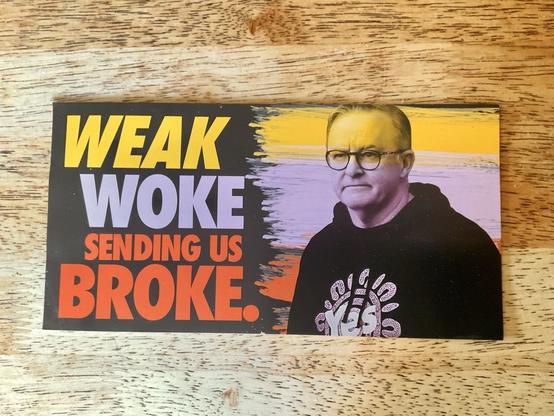Miyagawa says the studies collectively provide increasingly converging evidence about when these geographic splits started taking place.
The first survey of this type was performed by other scholars in 2017,
but they had fewer existing genetic studies to draw upon.
Now, there are much more published data available, which when considered together point to 135,000 years ago as the likely time of the first split.
The new meta-analysis was possible because “quantity-wise we have more studies,
and quality-wise, it’s a narrower window [of time],”
says Miyagawa, who also holds an appointment at the University of São Paolo.
Like many linguists, Miyagawa believes all human languages are demonstrably related to each other,
something he has examined in his own work.
For instance, in his 2010 book,
“Why Agree? Why Move?”
he analyzed previously unexplored similarities between English, Japanese, and some of the Bantu languages.
There are more than 7,000 identified human languages around the globe.
Some scholars have proposed that language capacity dates back a couple of million years, based on the physiological characteristics of other primates.
But to Miyagawa, the question is not when primates could utter certain sounds;
-- it is when humans had the cognitive ability to develop language as we know it,
combining vocabulary and grammar into a system generating an infinite amount of rules-based expression.
“Human language is qualitatively different because there are two things,
words and syntax,
working together to create this very complex system,”
Miyagawa says.
“No other animal has a parallel structure in their communication system.
And that gives us the ability to generate very sophisticated thoughts and to communicate them to others.”
This conception of human language origins also holds that humans had the cognitive capacity for language for some period of time before we constructed our first languages.
“Language is both a cognitive system and a communication system,”
Miyagawa says.
“My guess is prior to 135,000 years ago, it did start out as a private cognitive system,
but relatively quickly that turned into a communications system.”
So, how can we know when distinctively human language was first used?
The archaeological record is invaluable in this regard.
Roughly 100,000 years ago, the evidence shows, there was a widespread appearance of symbolic activity,
from meaningful markings on objects to the use of fire to produce ochre, a decorative red color.
Like our complex, highly generative language, these symbolic activities are engaged in by people, and no other creatures.
As the paper notes, “behaviors compatible with language and the consistent exercise of symbolic thinking are detectable only in the archaeological record of H. sapiens.”
Among the co-authors, #Tattersall has most prominently propounded the view that language served as a kind of ignition for symbolic thinking and other organized activities.
“Language was the trigger for modern human behavior,” Miyagawa says.
“Somehow it stimulated human thinking and helped create these kinds of behaviors. If we are right,
people were learning from each other [due to language] and encouraging innovations of the types we saw 100,000 years ago.”
To be sure, as the authors acknowledge in the paper, other scholars believe there was a more incremental and broad-based development of new activities around 100,000 years ago,
involving materials, tools, and social coordination,
with language playing a role in this, but not necessarily being the central force.
For his part, Miyagawa recognizes that there is considerable room for further progress in this area of research,
but thinks efforts like the current paper are at least steps toward filling out a more detailed picture of language’s emergence.
“Our approach is very empirically based, grounded in the latest genetic understanding of early homo sapiens,” Miyagawa says.
“I think we are on a good research arc, and I hope this will encourage people to look more at human language and evolution.”
This research was, in part, supported by the São Paolo Excellence Chair awarded to Miyagawa by the São Paolo Research Foundation.
#Shigeru #Miyagawa
https://www.frontiersin.org/journals/psychology/articles/10.3389/fpsyg.2025.1503900/full

